It’s been a big year for animals in the media.
Last summer’s multi-platform firestorm over the killing of Zimbabwe’s most famous lion, Cecil, was followed by fresh rounds of headlines when the airlines lined up to announce wildlife trophy bans. In January, the Ringling Brothers and Barnum & Bailey circus company announced it would step up the retirement date of its elephant performers, and in March, after three years of public outcry and media coverage initiated by the doc Blackfish, SeaWorld gave up spinning its thorny business model and announced it would end captive orca breeding and orca shows. And it wasn’t just glamorous animals earning media: The humble chicken scored premium airtime on HBO (John Oliver devoted one of his long-form segments to Big Poultry) and column inches in the New York Times (op-ed champion of human rights Nicholas Kristof has addressed the plight of America’s most eaten, and beaten down, bird twice over the last year).
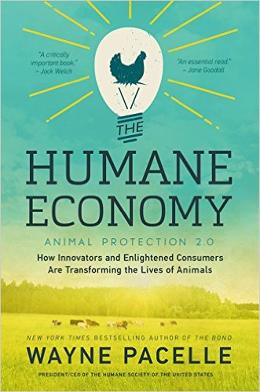
While the media has long loved animals and the eyeballs they attract, does the volume and nature of the coverage indicate a larger societal shift on animal welfare issues? Humane Society of the United States president and CEO Wayne Pacelle makes that very case in his new book, The Humane Economy. In fact, Pacelle writes, “We are in the midst of an epic political, cultural, and economic realignment in the treatment of animals.”
Over the course of the book, Pacelle, a 22-year veteran of the HSUS and its chief executive for 11 years, chronicles the innovations, policies, and public actions that are changing the fate of animals on farms, in labs, in entertainment, in the wild, and in our homes. “At the base of it all,” says Pacelle, “is the emerging consciousness of the American public,” driven, he says, by a dawning understanding of the cognitive and behavioral capacity of animals, and increased awareness of the misery visited upon them by humans.
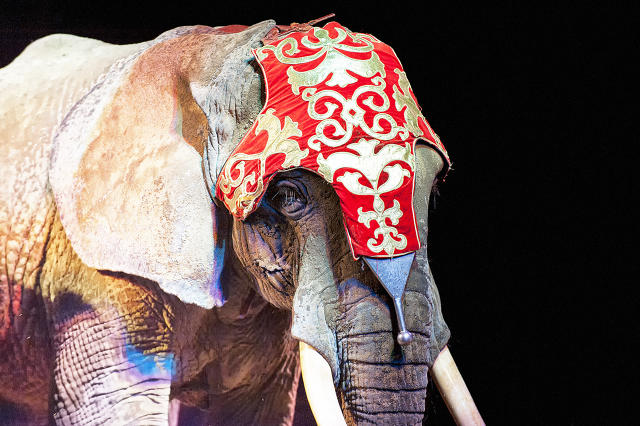
There was no single watershed moment and no single driving force that’s brought us to this apparent inflection point; rather, “change is coming through many channels,” he says. “All these institutions—Congress, state legislatures, corporations, even courts—are all connected to public sentiment. That’s why you’re seeing change on so many different issues through so many different channels. There is an ensemble cast of characters driving the humane economy—scientists, undercover investigators, startup entrepreneurs—all of these are playing a part.”
That said, as this site has established, corporations are our dominant actors, so large-scale change tends to be driven by businesses acting on their core instinct—to grow. And Pacelle does a particularly good job of emphasizing this point, drawing a line between our personal and corporate self-interest and animal welfare. While the book isn’t lacking moral persuasion, Pacelle argues, convincingly, that it’s good business to be good, or at least not so unrelentingly awful, to animals. “Adhering to an animal protection ethic has previously been viewed as costly and burdensome,” says Pacelle. “Now an animal protection ethic built into a business model is an opportunity.”
The book offers numerous examples of companies and innovators who have shifted animal policies and profited. He cites the runaway success of PetSmart in the wake of its pivot from pet seller (and client of puppy mills) to adoption center—when BC Partners acquired the company for $8.7 billion in 2014, it was the largest private equity deal that year (and things seem to be going well since).
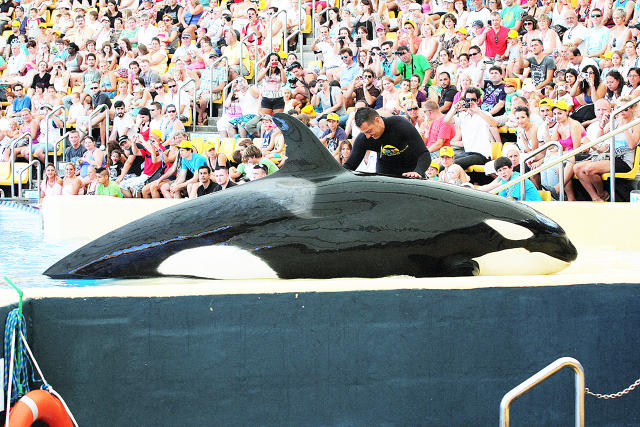
Pacelle also applies that animal arithmetic to wildlife. According to a report cited in the book, a single dead elephant’s tusks are valued at roughly $21,000; the estimated value of a living elephant—calculated in tourism and associated spending— is $1,607,624 over the course its life. He also calculates the impact of wolves, and the unintended economic and environmental consequences of decimating their numbers (indiscriminate killing of wolves actually increases the tendency of wolf packs to prey on livestock, according to one source in the book).
The book provides an inside look at how animal protection policy gets made, including a story about how billionaire investor Carl Icahn worked with the HSUS to persuade McDonald’s to eliminate gestation crates from its pork supply chain (the company also announced in September that it would switch to cage-free eggs; other giants have followed suit including Walmart, and, just this month, Disney).
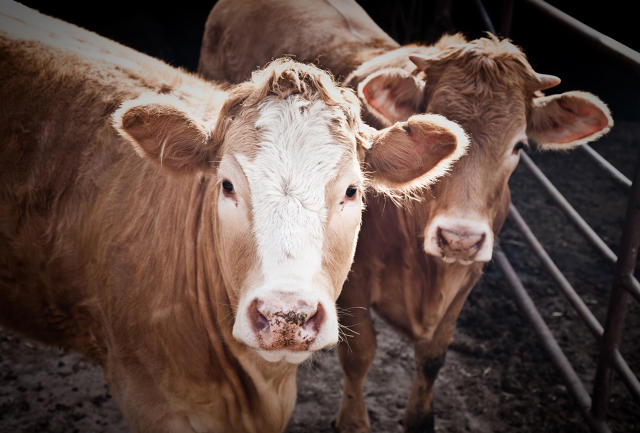
“It’s a new framing for animal protection in our society,” says Pacelle. “It’s not about doing without, but about opportunity and growth. I’m hoping that’s the big takeaway.”
Here are some other takeaways: Below, Pacelle sums up the coming battles and big priorities for HSUS and how animals’ lives will change in the next five years.
1. We will (we must) eat less meat
In a book brimming with troubling descriptions and data, one grim fact leaps out: 77 billion land animals are raised annually for food. That’s roughly 10 animals for every living person. And in the U.S., says Pacelle, where we raise 9 billion animals for food, it’s 30 animals for every person. “The movement toward more plant-based protein, and meat reduction is going to be critical,” says Pacelle, who devotes a chunk of the book to the efforts of companies like in-vitro meat maker Modern Meadow, and plant-based protein pioneers Impossible Foods and Beyond Meat (which HSUS has invested in). “We can’t keep raising this number of animals. If China and Indonesia and Vietnam and South Korea and the Philippines adopt our consumption patterns, imagine that—you’re talking more than 200 billion animals. 200 billion. That is completely unsustainable.”
Pacelle acknowledges the daunting challenge ahead in China, where the meat trends are moving in the wrong direction. But he points to encouraging precedents in the country’s actions on ivory sales and clean energy. “The resource problems of raising so many billions of animals will hit China in the face just like the problems of air pollution have with energy emissions,” he says. “So I do believe that the notion that they want to get ahead of these problems rather than react to them is starting to take hold in China. But we’re not there yet and so much of this still has to play out.”
2. Animal testing will be eliminated
“[We are] ridding the world of animal testing, in cosmetics and chemicals and, even more, drug development,” says Pacelle. The book highlights milestones in the journey to end animal testing, including the National Institutes of Health’s 2015 decision to retire all research chimps, and innovations like L’Oreal’s initiative to create human skin substitutes with 3-D printers—skin that works better than animals to predict cosmetic reactions.
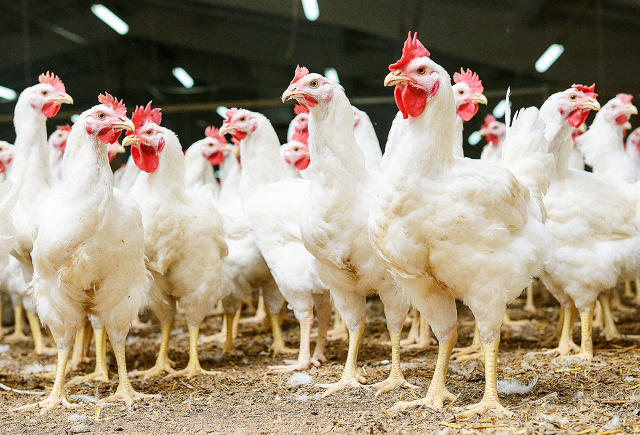
3. The business of marine mammal killing will conclude
“(We will) end commercial whaling. Only three nations (Japan, Norway, and Iceland) are doing it. And sealing, which only a couple of countries are still doing (including Canada—that hunt is called the largest marine mammal cull on the planet). I see global consensus on that issue.”
4. Asian countries will curtail the slaughter of dogs for meat
“To get very specific on one issue: The eating of dogs in certain parts of Asia is one of the biggest forms of animal cruelty, certainly for companion animals,” says Pacelle. “South Korea has 17,000 dog meat farms. I don’t see that country as it continues to progress being able to hold onto that economic enterprise. As the world shrinks, these outlier behaviors will come under increasing scrutiny.” The Humane Society International has been working to rescue dogs from these enterprises, and helping farmers in South Korea transition away from the dog meat trade.
5. But first—another big state will ban food from cruelly confined animals
In November, Massachusetts residents will vote on a ballot measure that would ban the sale of eggs, veal, or pork from an animal “confined in a cruel manner” (defined as: “confined so as to prevent a covered animal from lying down, standing up, fully extending limbs, or turning around freely”). California passed a similar measure, Prop 2, in 2008. “The play there is to close off the market of 7 million people to animal products that come from extreme confinement,” says Pacelle, who sounds reasonably confident about the outcome. “We are going to win handily,” he says.
Since the launch of the ballot measure, “120 of the biggest brand-names including a half a dozen headquartered in Massachusetts [said] they will stop selling eggs from confined animals. The only plausible argument advanced against such a measure was, ‘Hey we’ve got to have affordable food, and we just can’t produce it in large volumes without these forms of cage confinement,'” he says. “But when Walmart and McDonald’s, who are offering low-cost food, say we can do it, then the world just shifted beneath our feet. The argument has been clinched when you have these companies saying they can do it.”
Fast Company , Read Full Story
(54)